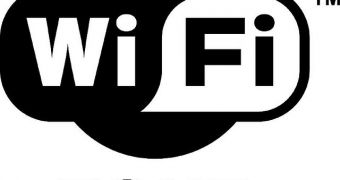A study commissioned by Wi-Fi Alliance showed that most US citizens think they know how to correctly secure themselves when using wireless devices, but as it turns out, almost half of them only have a false sense of security.
The Wi-Fi Security Barometer Survey interviewed 1,000 people in the attempt to find out how well people secure their wireless connections and what is their level of knowledge when it comes to configuring these types of devices.
"We are very pleased to see the increase in security awareness and a rise in some of the basic protection measures such as locking down the home network," revealed Kelly Davis-Felner, marketing director of Wi-Fi Alliance.
"But consumers can and should do more to protect themselves. We encourage users to put their knowledge into practice and take a few additional steps to more effectively protect themselves at home and on the go."
59% of the respondents' answers revealed that they deploy appropriate measures when it comes to the strength and privacy of their passwords used.
Unfortunately, only 18% report using a VPN tool when using a public hotspot and even though some were already hit by cyberattacks, they still leave their assets unprotected when surfing on Wi-Fi networks.
To properly protect your wireless connection, make sure you enable WPA2 encryption. Those who don't know their way around gadgets and technology can always purchase easy to configure devices, like those branded with the Wi-Fi Protected Setup logo.
Passwords are very important in this matter so create a strong Wi-Fi password that is at least 8 characters long, contains special symbols and it's not related to a word from the dictionary. Also, make sure you change the safeword once in a while.
Finally, turn off automatic sharing, especially when traveling and try to connect only to trusted networks as rogue connections might be set up to steal your unprotected personal data.

 14 DAY TRIAL //
14 DAY TRIAL //